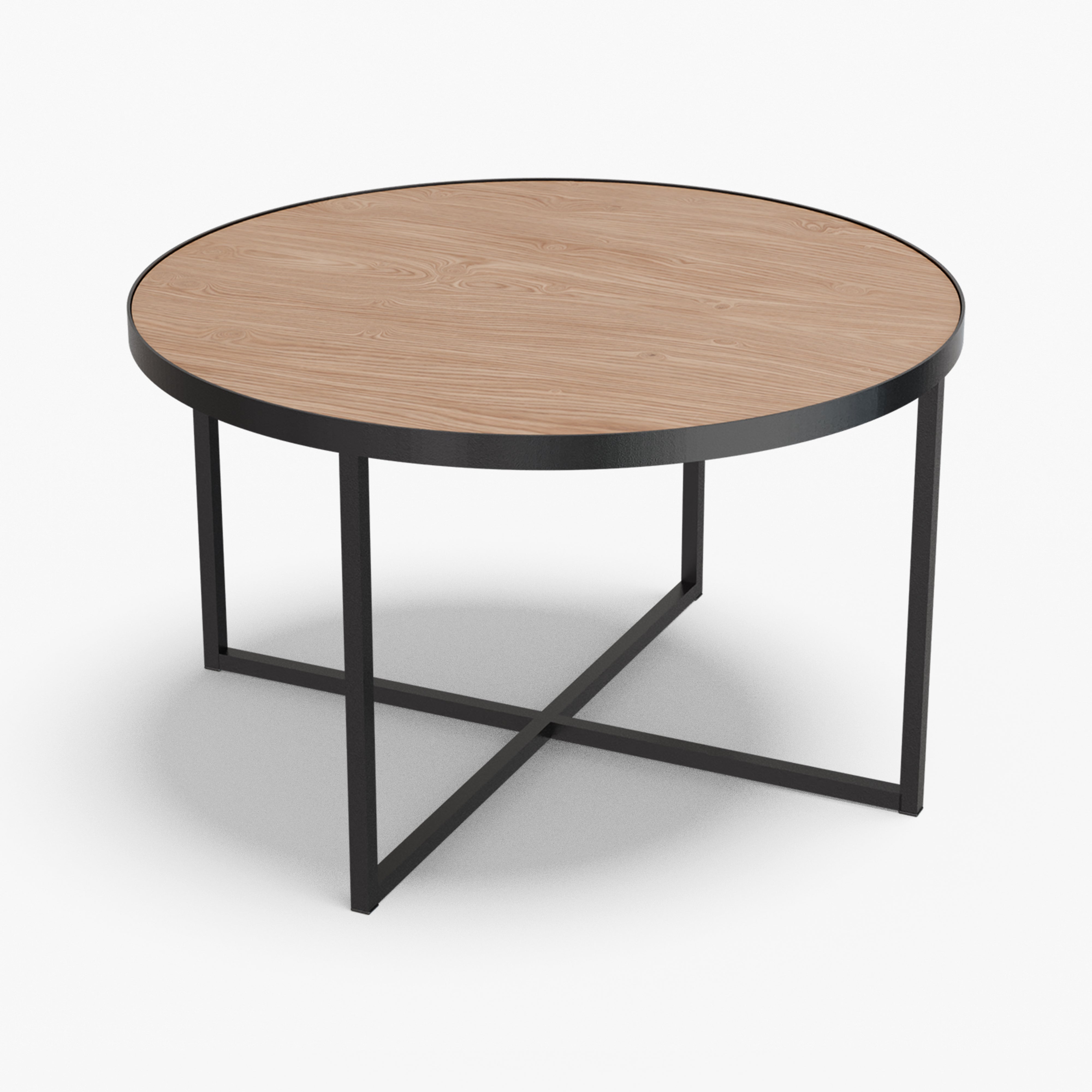Interior Guides
Interior Guides
How to Pair Coffee Tables with Different Rug Patterns?
A rug sets the rhythm of a room and the coffee table is the beat that sits on top of it. When shape and pattern agree, the space feels calm, balanced, and easy to live in. When they argue, everything looks a little noisy. The simplest way to get it right is to let the rug lead. Echo a rug’s geometry when you want order, or introduce a softer counter shape when you want movement and flow. Then match scale so the table does not look tiny or overpowering, and keep everyday comfort in view by holding about thirty five to forty five centimeters from sofa front to table edge, keeping the tabletop within ten centimeters of the seat height, and leaving about sixty centimeters for walkways. Think about a few plain terms while you look. Pattern scale is the size of the motif compared with the footprint of the table. Directionality is whether the design runs in a clear direction, like stripes. Borders add a firm frame. Negative space is the quiet field between motifs. Visual weight is how strong the rug reads from the doorway, which rises with contrast and busy repeats. These ideas help you judge what the table should do. Linear patterns love structure. Stripes, clean grids, or checkerboard designs behave well with a rectangular table that lines up with the pattern. The room feels longer and more tailored, especially if the rug has a border. Corners find a home inside the geometry and the table becomes a clear anchor for long sofas. If that much order feels stiff, a round table can break the lines just enough to relax the look, which is useful in narrow rooms or when the stripe is very bold. You gain easier circulation and a friendlier edge, though you give up a little surface along the length of the sofa. Curved and organic patterns prefer a companion that shares their language. Persian rugs with a central medallion, floral vines, painterly swirls, and Moroccan style trellis repeats all sit comfortably with a round table. The circle respects the center, avoids clipping motifs with corners, and gathers the eye without stepping on the artwork. In these cases a rectangle can work only if it is visually light, such as clear glass with slim legs, so the rug remains the star. Round shapes also help when the room is tight or when you want a softer path through the seating. Some rugs are almost texture rather than pattern. Jute and sisal have a gentle weave that accepts both shapes gracefully. A rectangle reads calm and gallery clean. A round table feels relaxed and welcoming. Here the rest of the room can decide. If you already have a lot of straight lines from a sofa, cabinet, and fireplace, a round table brings relief. If the room is full of curved backs and round lamps, a rectangle adds needed structure. Abstract designs ask for a small judgment call. If the art on the floor is lively and high contrast, a round table can quiet the energy and give the eye a place to rest. If the pattern is loose but the furniture plan is long and linear, a rectangle can pull the seating together and supply the sense of direction the rug does not have. You can also aim the table to sit over an area of negative space so more of the artwork stays visible. Material and base change the effect without changing the outline. On busy rugs, open bases and slimmer tops keep the pattern visible and lighten the look. On quiet rugs, a chunkier marble or wood top can ground the space. Glass helps any shape disappear a little when you need function without extra visual weight. Each shape carries natural strengths and trade offs. Round tables invite smooth traffic, flatter medallions and curving motifs, and soften strong patterns, yet they provide less linear reach along a long sofa and can look small on very large bordered rugs. Rectangular tables deliver maximum surface area, align with stripes and grids, and anchor long seating runs, yet they can pinch circulation in tight rooms and their corners may clash with swirling designs. As a rule of thumb, choose round when the rug is curvy, centralized, or visually busy, and choose rectangular when the rug is directional, bordered, or strongly gridded. When you are unsure, study how people move. If guests need to pass close to the table, round usually wins. If the room is spacious and the furniture lines are long and straight, rectangular usually wins. In the end, let the rug tell you what it wants. Align with its structure when you want calm precision. Soften it with curves when you want ease and flow. Keep the reach comfortable, the height near the seat, and the walkways open. Do that and your coffee table will look as if it was made for the rug, and the whole room will feel naturally composed.
Read more


























